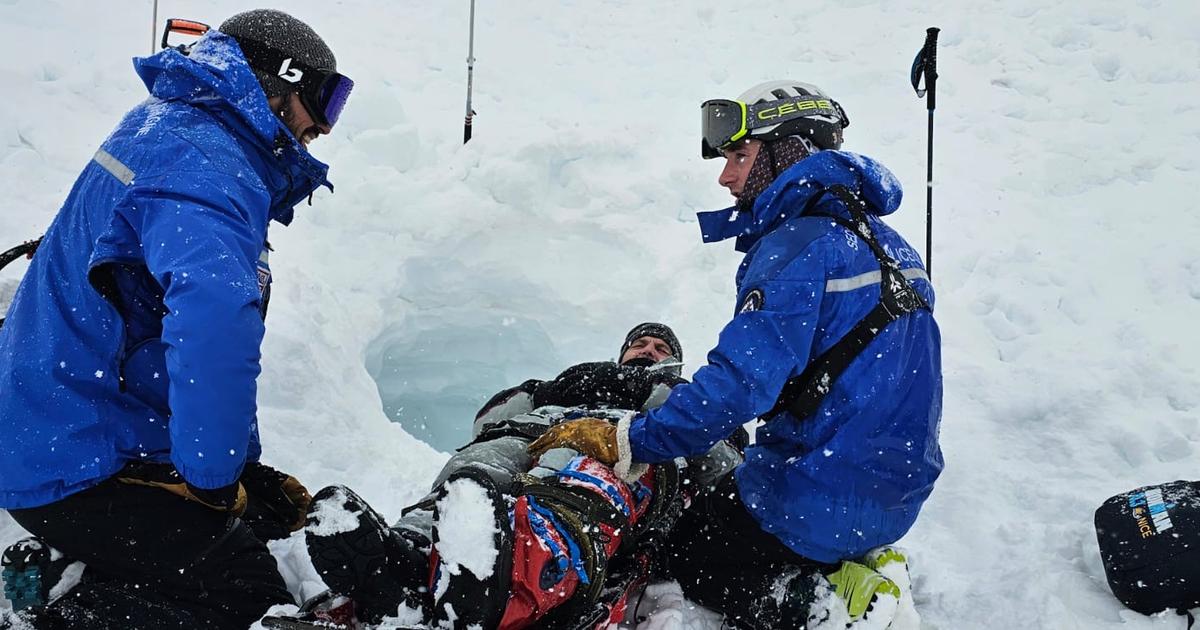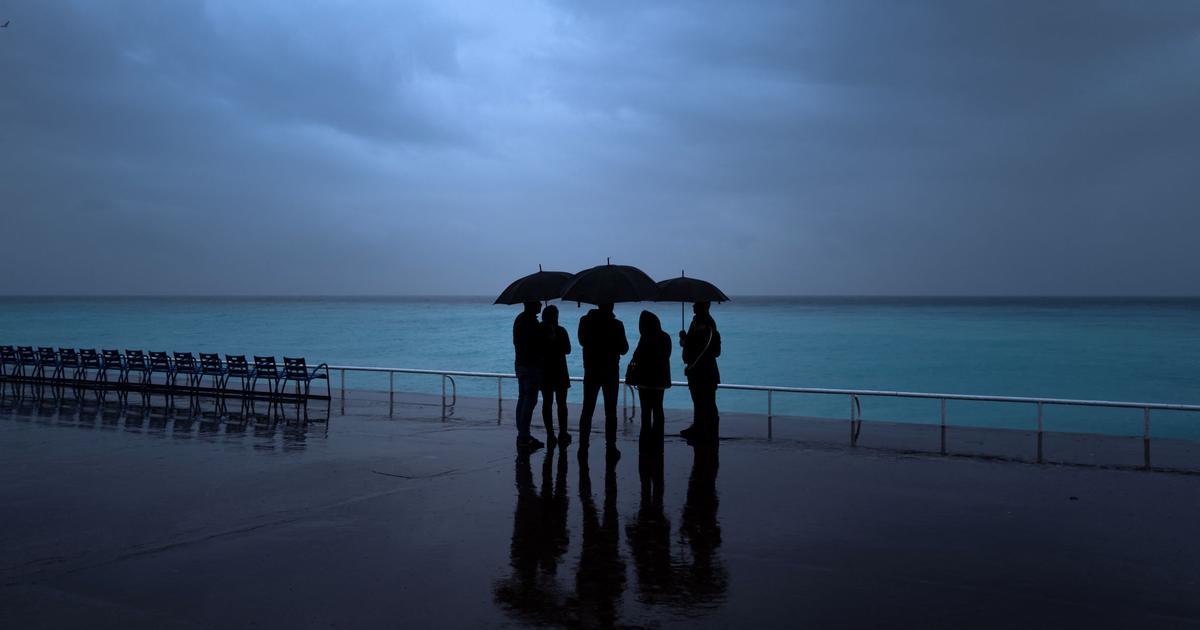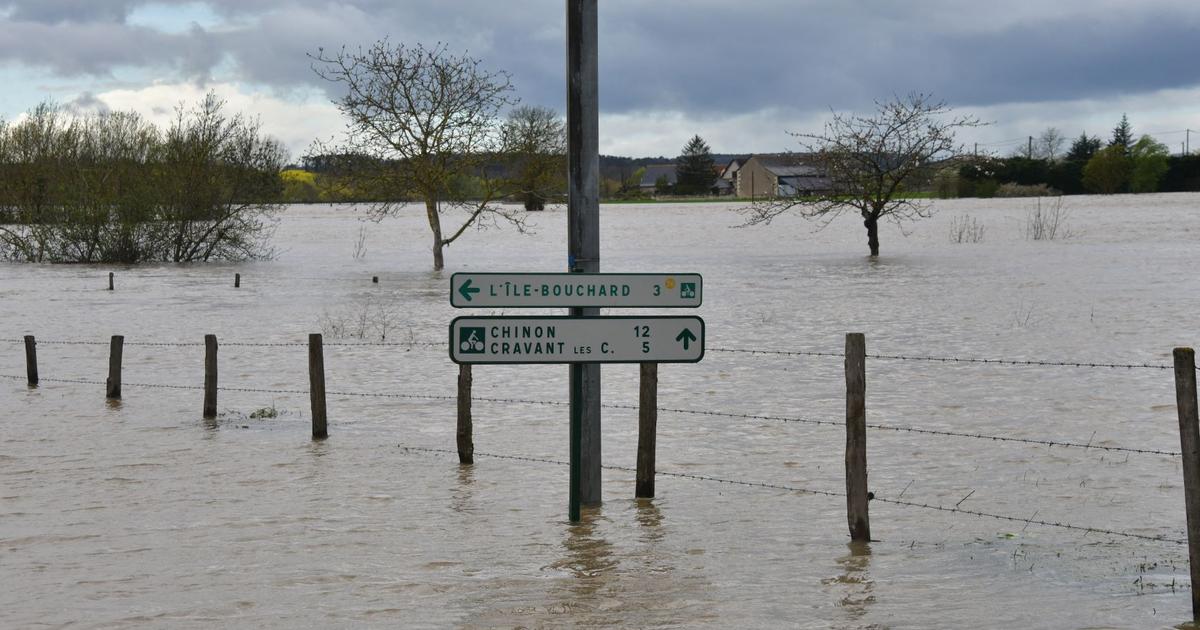Le Figaro Nice
To discover
Follow all the news of the city of Nice
Le Figaro.
-
The February
earthquakes
in Turkey and Syria left a deep mark on us.
Some 50,000 victims died and entire towns were wiped off the map.
Is such a disaster possible in the Alpes-Maritimes?
Stephane Liautaud. -
Natural risks are numerous in the Alpes-Maritimes: avalanches, forest fires, landslides, floods, torrential regimes... but also seismic.
Our reference on the subject is the historic earthquake of February 26, 1887, with a magnitude of 6.2, or the energy of an atomic bomb.
For comparison, the magnitude recorded last month in Turkey and Syria was 8, which is considerable.
Still, in Maralpine land, disaster cannot be ruled out.
From this point of view, we have an “average” level of hazard.
Concretely, on a scale that goes from 1 to 5, we are at 4.
Today there are nine active faults in the department: 8 on land and one at the level of the Ligurian Sea, off the coasts of Nice, Menton and Genoa.
As I speak to you, these flaws are moving.
Of course their movements are not perceptible for the human beings that we are.
Géo Azur or the Bureau of French Seismology record micro earthquakes almost daily without inconveniencing anyone.
No risk besides that they cause a tsunami with a wave of 30 meters.
I try to twist the neck of these images that we can sometimes have...
It is true that the coastal position of Nice raises the question of the risk of a tsunami and the damage it could cause... From this point of view, are you therefore not worried?
The answer is not so clear cut.
A study was conducted with the Geological and Mining Research Bureau (BRGM) on the reassessment of the impact of a tsunami on the coasts of the Alpes-Maritimes coastline after an earthquake.
We started from two scenarios.
That of the earthquake of 1887 and that of Boumerdès (Algeria), in 2003. It emerges first that a wave of several tens of meters is to be avoided.
We will indeed have a wave, but which will be, depending on the seabed, beaches, ports and urbanization, from a height of 50 cm to three meters.
Which is not gigantic but enough to do damage.
Especially since, in general, disasters choose their moment well.
It will be August 15, on a day when there are tourists on the beach in Nice...
Read alsoIn Moscow, Bashar al-Assad is counting on the Russian ally to consolidate his “earthquake diplomacy”
Hence the importance of anticipating these disasters and preparing for them as well as possible?
Absolutely.
Even if it is necessary to take into consideration the fact that an earthquake can happen day or night, summer or winter.
When it comes to seismic risk preparedness and awareness, that's absolutely essential.
Our earthquake culture is miniscule compared to countries like Japan, where the risk is daily.
It is on this in particular that we must work and progress.
We must move from denial to a long-term action plan.
A wave of several tens of meters is to be avoided.
We will indeed have a wave, but which will be, depending on the seabed, the beaches, the ports and the urbanization, from a height of 50cm to three meters.
Which is not gigantic but enough to do damage
Stephane Liautaud
Precisely, in the Alpes-Maritimes an “earthquake plan 06” was set up in 2017 by the departmental directorate of territories and the sea (DDTM), what exactly does it consist of
?
This is an unprecedented approach, which is not found in any other department.
For the record, it all started with the visit of François Hollande on October 3, 2015, when he came down to see the floods in the western basin of the department.
Following this presidential visit, the prefect decided to make October 3 “the departmental day of major risks”.
And two years later, he entrusted me with the task of setting up a major earthquake plan for 06, in order to promote seismic risk on the scale of the Alpes-Maritimes.
It is about preventing, anticipating and preparing for crisis management.
But also to raise awareness and communicate around this theme which represents enormous challenges.
From 2017,
more than 500 people were thus made aware of the seismic risks in the department.
And another 500 schoolchildren from Nice, Antibes and Menton the following year, through an earthquake simulator, with the intervention of the international emergency firefighters.
Read alsoCould a serious earthquake occur in France?
“Anticipate”, you say. Isn't this an almost impossible mission when it comes to earthquakes
?
It is not in this sense that I speak of anticipation.
Rather, it is a question of preventing the damage that could be caused to buildings and various infrastructures in the event of an earthquake.
This involves bringing existing structures up to standard in accordance with the seismic regulations in force, but also monitoring compliance with these same standards for new constructions.
Anticipating also means knowing in advance the right behaviors to adopt, the reflexes to have, etc.
And then crisis management.
In the earthquake plan, we are working on seven distinct themes that prepare for all of this.
In the Alpes-Maritimes, are there many buildings that no longer meet seismic standards and are therefore at risk in the event of an earthquake?
It is very difficult to answer this question.
It's like looking for a needle in a haystack.
It would have to be done on a case-by-case basis and I let you imagine the time it would take... For the public housing stock, I can be a little more precise in my estimates.
Let's say that one out of two buildings should be reviewed in terms of seismic regulations.
But as long as there is no work started, there is no obligation to comply with the standards.
If tomorrow an earthquake with a magnitude of 6 took place in Nice, according to the scenarios, we could have a thousand buildings destroyed.
With 2000 to 3000 victims and more than 100,000 homeless.
Of course, these are only orders of magnitude.
Stephane Liautaud
This does not mean, however, that in the event of a disaster one should expect what has happened in Syria and Turkey with buildings collapsing in succession.
However, if tomorrow an earthquake with a magnitude of 6 took place in Nice, according to the scenarios, we could have a thousand buildings destroyed.
With 2000 to 3000 victims and more than 100,000 homeless.
These are of course only orders of magnitude.
Ensure compliance with seismic standards in new constructions, is this what is most realistic and concrete today?
This is where the stakes lie, because it is at this price that we will greatly limit the human damage.
The saying goes: earthquakes don't kill, buildings do.
It is therefore a question of ensuring that the entire construction chain complies with the standards in force.
This is why, in five years, more than 200 architects have been trained in earthquake-resistant construction by two international specialists whom I was able to bring to the Alpes-Maritimes.
Being also a seismic inspector within the French Civil Engineering Agency, I am mobilizing so that checks are carried out on new constructions, in particular on the quality of the materials used.
Read alsoEarthquake in Turkey and Syria: the impossible prediction of earthquakes
One of my missions also consists of carrying out awareness-raising campaigns with public landlords and private promoters from the entire construction chain with architects, design offices and companies.
The earthquake plan also includes a “crisis management” section. So you imagine the worst scenarios in order to provide a clear and quick answer, is that right?
Yes.
As I told you, in the context of an earthquake, we do not know where or when it will occur.
Nevertheless, the relief reinforcements that will come from Italy, the Toulon region, Marseille, Lyon, or even internationally, must be able to generate a secure relief route.
For our department, I decided to define an itinerary from Mandelieu to Menton.
Based on this route, the objective was to carry out vulnerability audits of the structures concerned.
200 bridges and walls have been identified, ie as many infrastructures to be studied, transformed and consolidated if necessary to be sure that on D-Day, the emergency services can access the disaster areas without any problem.
First I was told it would take a long time, and finally, when the Genoa viaduct collapsed, I was
In the event of a crisis, we must also activate on an operational command center.
In Nice, for example, it is the Jean Moulin tower, the prefectural tower.
We receive the President of the Republic, the Prime Minister, all the actors and the military forces, etc.
My mission is again to ensure the seismic reinforcement of the tower.
The same goes for buildings linked to relief and security, from police stations to gendarmerie and fire stations, including hospitals and even the airport with the control tower.
Everything must remain functional in the event of a disaster.
It's a daunting task... Where are you today
?
Have reinforcement works already been carried out on some of these buildings
?
Obviously, it costs a lot of money, and then we cannot close the Nice University Hospital or the airport control tower overnight to carry out work.
About ten buildings have been subject to a vulnerability audit since 2017 with in-depth studies in relation to seismic reinforcement scenarios.
To date, no work has yet been carried out, it will come in the coming months, next years.
It is a long-term but necessary political, administrative and financial commitment.
We must not arrive at the day when the media will say
"what did the state do?"
, after a disaster.
What was retained by the prefect of the Alpes-Maritimes and by the departmental director, is to prepare, at our own pace, on the principle that everything will not be done in one day, but resolutely.









